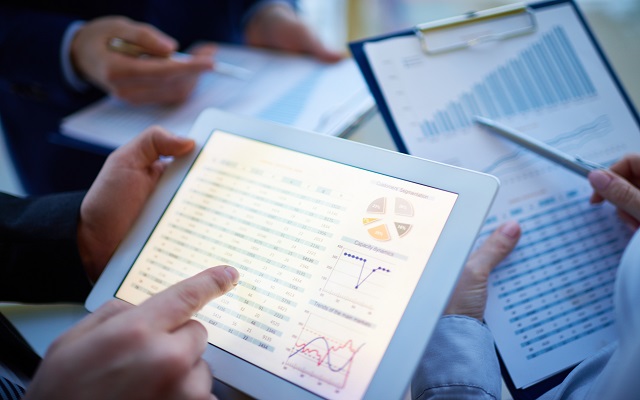
You won’t be able to see the future with predictive analytics, but you will be able to forecast likely trends and patterns. Essentially, it’s similar to weather forecasting, where the basic premise is to use past data to guide our thoughts for future outcomes. Here are three ways to begin scratching the surface of predictive analytics.
By following the steps above, you will be able to start using predictive analytics to forecast important developments, such as changes in the performance of your competitors, predicting risk or the changing preferences of your clients.
For example, U.S. retailer Macy's is using predictive analytics to better target consumers and develop more tailored digital marketing campaigns. After developing 20 predictive models and deploying better targeted e-mails, the retailer saw an 8-12 percent increase in online sales.
With the explosion of data available to most businesses today, there is little excuse not to leverage that data to power predictive insights that can help your business survive and even thrive in an increasingly demanding and competitive marketplace.

2,599 posts | 765 followers
FollowApache Flink Community - April 17, 2024
Lana - April 14, 2023
ray - May 2, 2024
Alibaba Cloud Community - September 23, 2021
5991570251130339 - January 31, 2023
Nick Patrocky - January 30, 2024

2,599 posts | 765 followers
Follow Hologres
Hologres
A real-time data warehouse for serving and analytics which is compatible with PostgreSQL.
Learn More Data Lake Analytics
Data Lake Analytics
A premium, serverless, and interactive analytics service
Learn More Realtime Compute for Apache Flink
Realtime Compute for Apache Flink
Realtime Compute for Apache Flink offers a highly integrated platform for real-time data processing, which optimizes the computing of Apache Flink.
Learn More CT Image Analytics Solution
CT Image Analytics Solution
This technology can assist realizing quantitative analysis, speeding up CT image analytics, avoiding errors caused by fatigue and adjusting treatment plans in time.
Learn MoreMore Posts by Alibaba Clouder